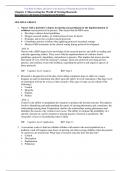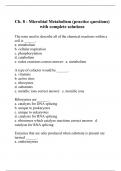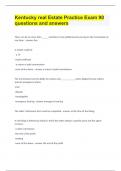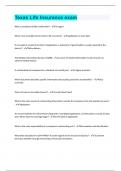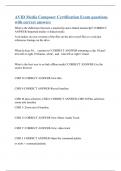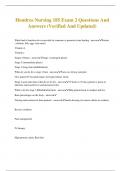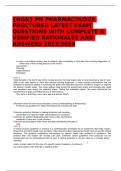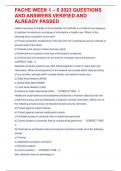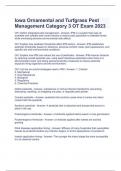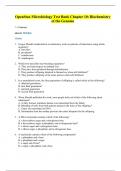Exam (elaborations)
Test Bank for Burns and Grove’s the Practice of Nursing Research 9th Edition
- Course
- Institution
- Book
Test Bank For Burns and Grove's The Practice of Nursing Research Appraisal, Synthesis, and Generation of Evidence 9th Edition By Jennifer R. Gray; Susan K. Grove 3174, 1 , 9258, 5 1. Discovering the world of nursing 2. Evolution of research in building evidence-based nursing practice 3. Introductio...
[Show more]
